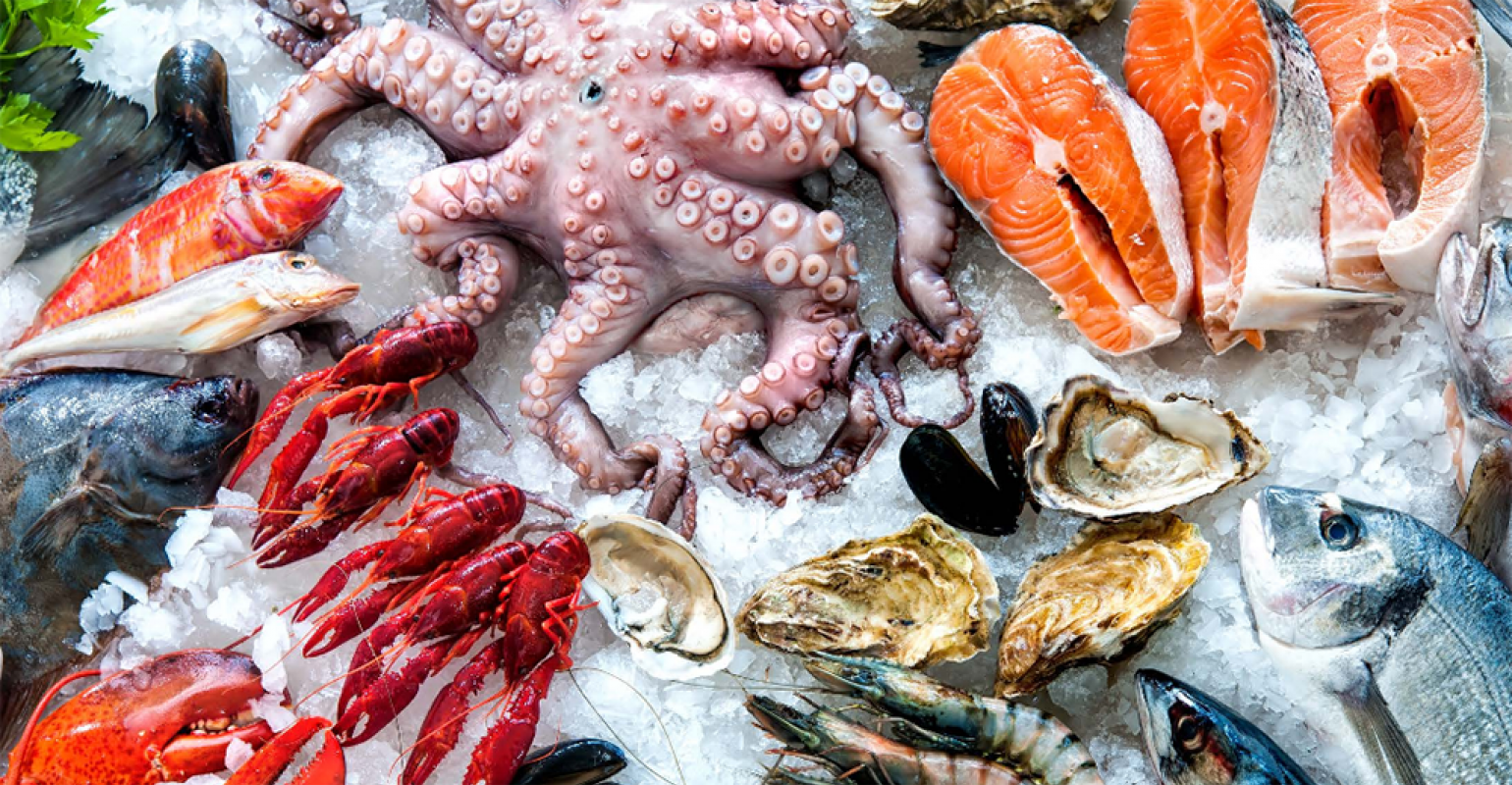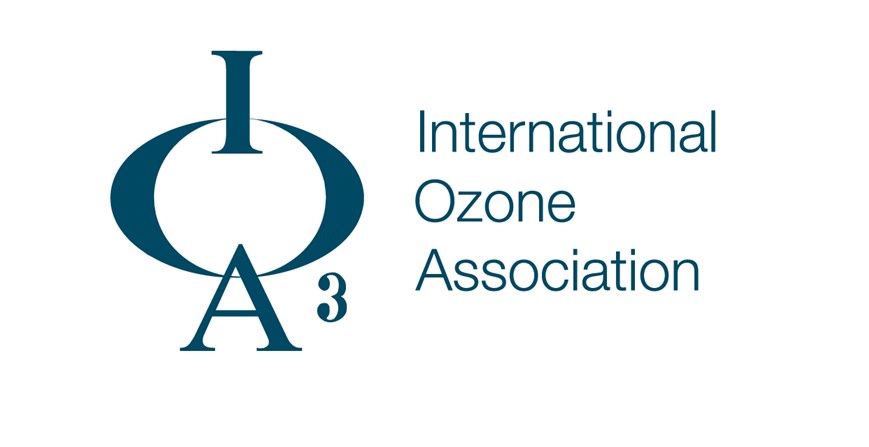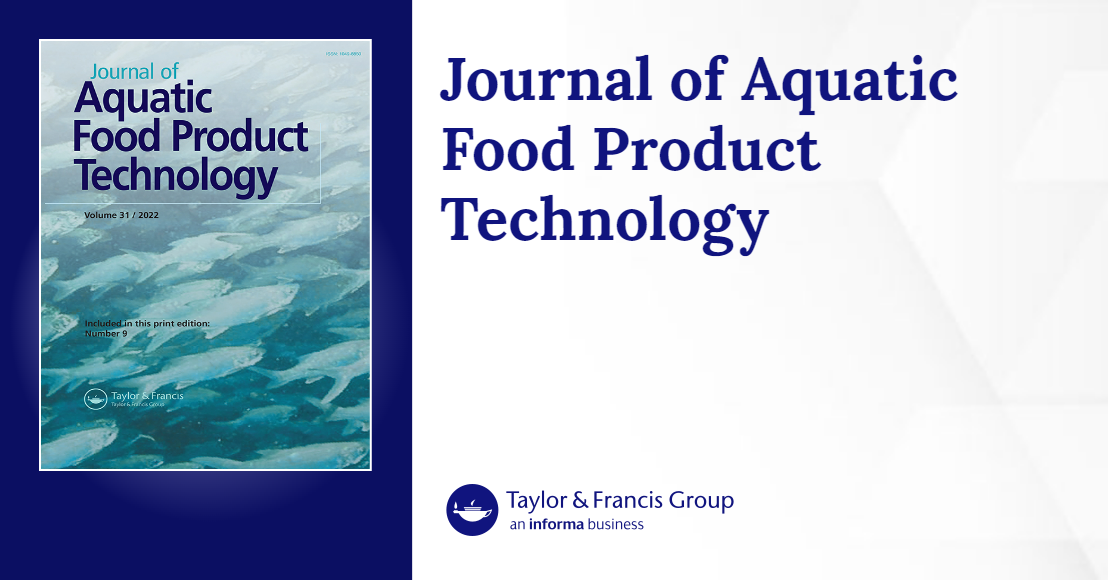Ozone in Seafood Processing

Ozone Use in Seafood Processing:
Ozone has emerged as a valuable tool in ensuring food safety within the seafood processing industry, just as it has in various other food processing sectors. In fact, the commercial seafood industry offers a wide range of potential applications for ozone, surpassing many agricultural-based food industries. Its benefits extend beyond food safety, encompassing fish cultivation (aquaculture), storage, ozonated ice, and even odor control during processing operations.
Historically, the seafood industry has relied heavily on traditional methods of sanitation, predominantly employing chlorine dissolved in rinse and wash waters. Despite its widespread use, chlorine has limited effectiveness in eradicating bacteria on seafood surfaces, as evidenced by research conducted (examples cited below). Furthermore, the potential off-flavors and negative health effects associated with chlorine by-products have prompted the search for improved sanitation methods. The acceptance of ozone use in food production, along with the Generally Recognized as Safe (GRAS) approval granted in 2001, has facilitated extensive research and implementation of ozone-based solutions in commercial seafood processing.
Ozone use has shown benefits in the following areas of use in seafood processing.
Aquaculture:
With the global population steadily increasing, the demand for commercially grown seafood has become paramount in order to supplement the supply of wild seafood harvested from oceans and lakes. In this pursuit, the use of ozone in aquaculture has emerged as a highly effective solution, yielding numerous benefits for sustainable seafood production.
One notable advantage of ozone use in aquaculture is its ability to lower water consumption by promoting water re-use. By implementing ozone technology, aquaculture facilities can treat and recycle water, minimizing the need for excessive freshwater intake. This not only conserves a valuable resource but also contributes to the overall sustainability of the operation.
Furthermore, ozone has proven to be instrumental in reducing diseases in hatcheries and growing ponds. The application of ozone in aquaculture systems helps mitigate the proliferation of pathogens and harmful microorganisms, leading to healthier fish populations. By creating an environment that is inhospitable to disease-causing agents, ozone aids in improving the overall health and welfare of the aquatic species being cultivated.
Clean water plays a vital role in the growth and development of aquaculture organisms. Ozone technology ensures the maintenance of pristine water conditions, free from contaminants and pollutants. This clean water environment facilitates faster growth rates among the cultivated fish or aquatic organisms. Moreover, the use of ozone promotes optimal feed utilization, resulting in lower feed rates and reduced production costs. The improved efficiency of nutrient absorption contributes to sustainable aquaculture practices.
To explore the extensive applications of ozone in aquaculture and gain a deeper understanding of its benefits, I encourage you to visit our dedicated aquaculture application page https://www.oxidationtech.com/applications/aquaculture.html. It provides comprehensive information on how ozone technology can be harnessed to optimize water usage, enhance disease management, and promote the growth and well-being of aquaculture species.
By incorporating ozone into aquaculture operations, we can meet the increasing demand for seafood while simultaneously prioritizing resource conservation, disease prevention, and efficient production practices. Ozone is a game-changer in the field of aquaculture, revolutionizing the way we cultivate and harvest seafood sustainably.
Storage of Life Seafood:
In various commercial applications, it is common for fish and other types of seafood to be transported and stored live before they undergo processing at dedicated centers. This critical phase in the seafood supply chain presents an opportunity to leverage the power of ozone for effective storage and transportation.
Ozone plays a crucial role in this context by being incorporated into the storage water used for live seafood. By introducing ozone into the storage water, the risk of bacteria and virus cross-contamination can be significantly reduced. This preventive measure is instrumental in minimizing the presence of harmful microorganisms, thereby ensuring that the processing center receives seafood with lower bacterial loads.
The use of ozone in storage water for live seafood offers several important benefits. Firstly, it helps maintain the quality and freshness of the seafood during transportation. Ozone's powerful disinfectant properties work to neutralize potential pathogens that may be present in the storage water, safeguarding the health and integrity of the live seafood.
Secondly, ozone effectively reduces the bacterial load in the storage water, which in turn helps minimize the introduction of bacteria into the processing center. By lowering bacterial contamination, the risk of cross-contamination and subsequent foodborne illnesses can be mitigated, ensuring that the processing facility operates under optimal hygiene standards.
Furthermore, the application of ozone in storage water contributes to the overall safety and quality of the processed seafood products. By implementing ozone as a preventive measure early in the supply chain, seafood processors can enhance their ability to deliver safe and hygienic products to consumers.
It is worth noting that ozone technology in the storage and transportation of live seafood is a proactive approach that aligns with the industry's increasing focus on food safety and quality assurance. Ozone's ability to minimize bacterial and viral risks not only enhances the integrity of the seafood but also reinforces consumer confidence in the products they consume.
By incorporating ozone into storage water for live seafood, the industry can effectively reduce the potential for contamination and ensure that the seafood entering processing centers is of the highest possible quality. This measure reinforces the commitment to food safety and helps maintain the reputation of seafood suppliers as reliable providers of fresh, safe, and high-quality products.
Ozonated Ice:
Ozonated ice is created by dissolving ozone in water and freezing it, resulting in ice that retains ozone. This technique offers numerous benefits for preserving the freshness and quality of seafood. It is commonly used on fishing vessels to maintain high-quality fish during extended voyages and has gained popularity in land-based seafood operations and fish farms. Ozonated ice helps regulate temperature, prevent spoilage, and provides continuous antimicrobial protection, extending the shelf life of seafood and ensuring it reaches consumers in optimal condition. Embracing innovative solutions like ozonated ice allows the seafood industry to meet consumer demands, reduce waste, and deliver superior products.
Ozonated ice acts as a continuous source of ozone, providing ongoing antimicrobial protection throughout the storage period. The ozone released from the ice interacts with the surrounding air and water, neutralizing potential pathogens and reducing bacterial growth.
Antimicrobial Intervention:
The approval of ozone for direct contact with food by both the USDA and FDA has sparked significant interest in its use as an antimicrobial intervention in food processing, including fish and seafood. Ozone can be dissolved in water to create a stable, safe, and easily controllable aqueous ozone solution. This solution can replace chlorine as an antimicrobial agent or complement existing water rinses to enhance the effectiveness of antimicrobial intervention.
Studies have shown the remarkable impact of aqueous ozone on reducing bacterial cell counts in seafood processing. For example, when used in the processing of dressed whole fish, it led to a reduction in bacterial cell counts from over 5,000 without ozone to less than 932 with ozone. Similarly, fillets obtained from ozonated fish exhibited low cell counts ranging from 120 to 190, whereas untreated fillets (with conventional treatment) ranged from 7,500 to 5,000 cell count.
These findings extend to specific applications like commercial catfish processing, where the implementation of aqueous ozone in fillet machines resulted in a substantial reduction in total plate counts from 14,906 to 2,975.
The use of ozone in seafood processing offers a promising alternative to traditional antimicrobial agents. It has demonstrated its efficacy in significantly reducing bacterial contamination and improving food safety. By incorporating aqueous ozone solutions into various stages of seafood processing, including rinsing, pretreatment, and ice packing, processors can achieve enhanced antimicrobial intervention and maintain higher quality standards throughout the production chain.
Ozone applications in catfish processing, along with other seafood processing operations, are paving the way for more sustainable and efficient practices in the industry. The adoption of ozone technology contributes to safer seafood products, minimizes reliance on conventional chemicals, and aligns with the growing consumer demand for environmentally friendly and healthier food options.
Surface Sanitation:
Ozone dissolved in water offers a versatile solution for surface sanitation in seafood processing plants. It is widely employed to effectively sanitize various equipment and surfaces utilized in seafood processing areas, including fillet machines, cutting tables, and knives. By utilizing ozone in water, the entire processing plant can be thoroughly disinfected, ensuring a hygienic environment for seafood production.
The use of ozone for surface sanitation extends beyond the seafood industry and finds application throughout the food processing sector. It is a common practice to employ ozone for sanitizing shipments, guaranteeing that the surfaces of transported food items remain clean and free from potential contaminants. This demonstrates the widespread adoption of ozone technology as a reliable and efficient method for maintaining food safety standards.
If you're interested in learning more about the application of ozone in surface sanitation, I encourage you to visit our dedicated "Surface Sanitation with Ozone" page. There, you can explore detailed information about the benefits, procedures, and best practices of utilizing ozone for surface disinfection in various food processing industries, including seafood.
Ozone Efficacy as a Bactericide in Seafood Processing
Authors: Charles Crapo, Brian Himelbloom, Suscan Vitt, Leo Pedersen
Publisher: Journal of Food Science, October 11, 2008
Abstract
The seafood processing industry is not immune to the challenge of foul odors that arise during certain stages of the process. One particular area that can produce unpleasant odors is offal processing, which can create an unfavorable working environment for employees in that specific room. Moreover, in some instances, seafood is dried to achieve the desired final product, resulting in the release of moisture and odors into the surrounding outdoor environment. These odors can lead to potential issues, as they may cause complaints from neighboring communities surrounding the seafood processing plant.
Fortunately, ozone has emerged as a commonly employed solution for industrial odor control across various applications. Its versatility makes it a go-to choice for combating foul smells in different industries, including seafood processing. Ozone offers multiple methods for safe implementation, ensuring the well-being of workers while enhancing the quality of indoor and outdoor air.
By utilizing ozone in industrial odor control, seafood processing plants can effectively address the challenge of foul odors. Implementing ozone-based odor control measures not only helps maintain a pleasant working environment for employees but also mitigates potential complaints from the surrounding community. Ozone serves as a reliable and efficient solution to neutralize odors, promoting better air quality and ensuring a more pleasant overall experience for everyone involved.
If you're interested in learning more about the various methods and benefits of using ozone for industrial odor control, there are abundant resources available. Explore the numerous techniques and safety measures associated with implementing ozone to effectively manage and eliminate odors in different industrial settings, including seafood processing, and create a more harmonious work environment for all.
Link to full paper found HERE
Ozone Applications in Catfish Processing
Authors: Charles Sopher, George Battles, Edward Knueve
Publisher: IOA Mach 2, 2006
Abstract
TVA, EPRI, Global Energy Partners, LLC, ClearWater Tech, LLC and Superior Catfish Products (Macon, Mississippi) partnered to conduct research and demonstrate beneficial effects of applying gaseous and aqueous ozone in catfish processing. Utilizing an HDO3-III skid mounted ozone unit manufactured by ClearWater Tech, LLC, various processing areas in the Superior Fish Products catfish processing plant were evaluated in August 2005 to determine if aqueous ozone could reduce the microbial load in the processing line and on finished product. In the offal room, gaseous ozone was introduced to determine if odors could be reduced while catfish by-products were being loaded into trucks also located in the offal room. The utilization of aqueous ozone as a final rinse for processing equipment was also tested. All tests were replicated five times and a completely randomized design was used to statistically analyze resulting data. Standard Laboratories, Inc. of Starkville, MS was contracted to conduct all microbial analyses. It was found that aqueous ozone was very effective in significantly reducing microbial loads on live catfish entering the plant. Finished catfish fillets washed in ozonated water showed significant reductions in total plate counts. Ozonation at the fillet machine could be beneficial. Utilizing aqueous ozone as a final wash after using soap and a chlorine sanitizer was of no benefit and actually removed the residual chlorine and led to increased plate counts. Gaseous ozone reduced odors in the offal room rapidly and effectively. Utilization of ozone for odor reductions will require ozone monitoring equipment that ensures employee safety.
Link to full paper found HERE
Some Ozone Applications in Seafood
Authors: Walter Blogoslawski, Mary Stewart
Publisher: IOA September 11, 2011
Abstract
The use of ozonized seawater to reduce and eliminate bacterial pathogens in mariculture facilities and to extend shelf life of marine food products is demonstrated. Consequent benefits of this treatment are also discussed. Laboratory and pilot experiments were conducted using ozone gas to reduce disease-producing Vibrio sp. bacteria at a shrimp (Litopenaeus vannameii) hatchery in Ecuador, South America. Pacific Ocean seawater was treated in a 1,540 L capacity fiberglass contact tower (5–7 min retention) with an ozone oxidant residual of 0.07 mg/L. Prior to ozone treatment, Vibrio determined by TCBS plating was too numerous to count, causing shrimp to die of disease (30 tanks of 13,000 L each). After treatment, Vibrio counts and shrimp disease were eliminated, ozonized seawater decreased the time required for normal molting of shrimp and the total growth cycle was reduced by three days versus control water. From June 1991 until September 1992, survival rates of larval shrimp were robust, routine antibiotic addition was reduced, and one additional growth cycle was realized. Ozonized ice (fresh water) was prepared in the Milford Laboratory CT, USA; Gloucester Food Tech Lab, MA, USA; and a field station (brine water) for sockeye salmon (Oncorhynchus nerka) in Homer, AK. USA. In these studies, squid (Loligo pealei) and commercially captured salmon demonstrated a reduction in spoilage and extension of shelf life of 3 to 5 days' time using ozonized ice. Bacteria associated with commercial ice-producing machines were reduced by 4 logs using ozone treatment. In addition, no flavor aberration was noted using ozonized ice.
Link to full paper found HERE
Extension of Fish Shelf Life by Ozone Treatment
Author: Behrouz Dehkordi, Neda Zokaie
Publisher: IOA, 2010
Abstract
The shelf life of fish was extended using disinfection properties of ozone. For this purpose, Trout specimens were exposed to ozone in the aqueous media for two hours and their microbial growth and biochemical properties were measured over time. Microbial growth of ozone treated fish was significantly slower than control sample, resulting in lower counts of bacteria. According to the biochemical tests; ozone treatment had no negative effects on fat, protein and humidity of fish. Peroxide and TVN (Total Volatile Nitrogen) measurements showed that treatment by ozone increased the trout shelf life from 4 days to 6 days. According to the sensory analysis, no changes were observed in color or flavor of the ozone treated trout.
Link to full paper HERE
Ozone as a Safe and Environmentally Friendly Tool for the Seafood Industry
Author: Alex Goncalves
Publisher: Journal of Aquatic Food Product Technlogy
Abstract
In recent years, increasing attention has been focused on food safety, and in particular on the intervention methods to reduce and/or eliminate human pathogens from fresh products. Many research and industrial trials are underway to validate the use of ozone in the food industry as an alternative treatment to improve food safety. Notably, when ozone is applied to food surfaces, it leaves no residues since it decomposes quickly. Chemical and physical properties of ozone, its generation, and the antimicrobial power of ozone were explained as well as many advantages of ozone uses in the seafood industry.
Link to full paper found HERE
Packaging for Chilled and Frozen Seafood
Authors: Alex Goncalves
Publisher: Handbook of Meat, Poultry and Seafood Quality
Abstract
For the maintenance of quality of the seafood chain, adequate packaging should protect the product, sell the product, and aid in the convenient use of the product. The main technical advantages of current chilled or frozen food packaging materials are discussed: aluminum, paper, semirigid plastics, flexible plastics, or glass. Different modified atmosphere packaging (MAP) materials have advantages and disadvantages: vacuum pack, high O2 MAP, low O2 MAP, and controlled atmosphere packaging (CAP). A number of potential antimicrobial agents are used in antimicrobial food packaging systems. External and internal indicators are used in intelligent packaging to give information on storage conditions, package leak, microbial quality, or specific bacteria.
Link to full paper found HERE













